There’s something profoundly sacred about the final moments we share with our beloved dogs. As their bodies grow weak and their breathing becomes labored, many pet owners report experiencing something absolutely heartbreaking yet beautiful: their dog’s intense, unwavering gaze meeting theirs one last time. This moment feels different from any other look they’ve shared – deeper, more meaningful, almost as if their four-legged companion is trying to tell them something important before they journey across the Rainbow Bridge.
The Rainbow Bridge itself has become a symbol of hope for grieving pet parents worldwide. The concept originated from a poem written by Edna Clyne-Rekhy in 1959 when she was just 19 years old, mourning the death of her Labrador Retriever named Major in Inverness, Scotland. The idea is that when pets pass away, they cross the Rainbow Bridge and wait for their owners on the other side until they reunite once again. But what happens in those precious final moments before they make that journey? Why do our dogs seem to seek out our eyes with such intensity?
The Power of the Final Gaze
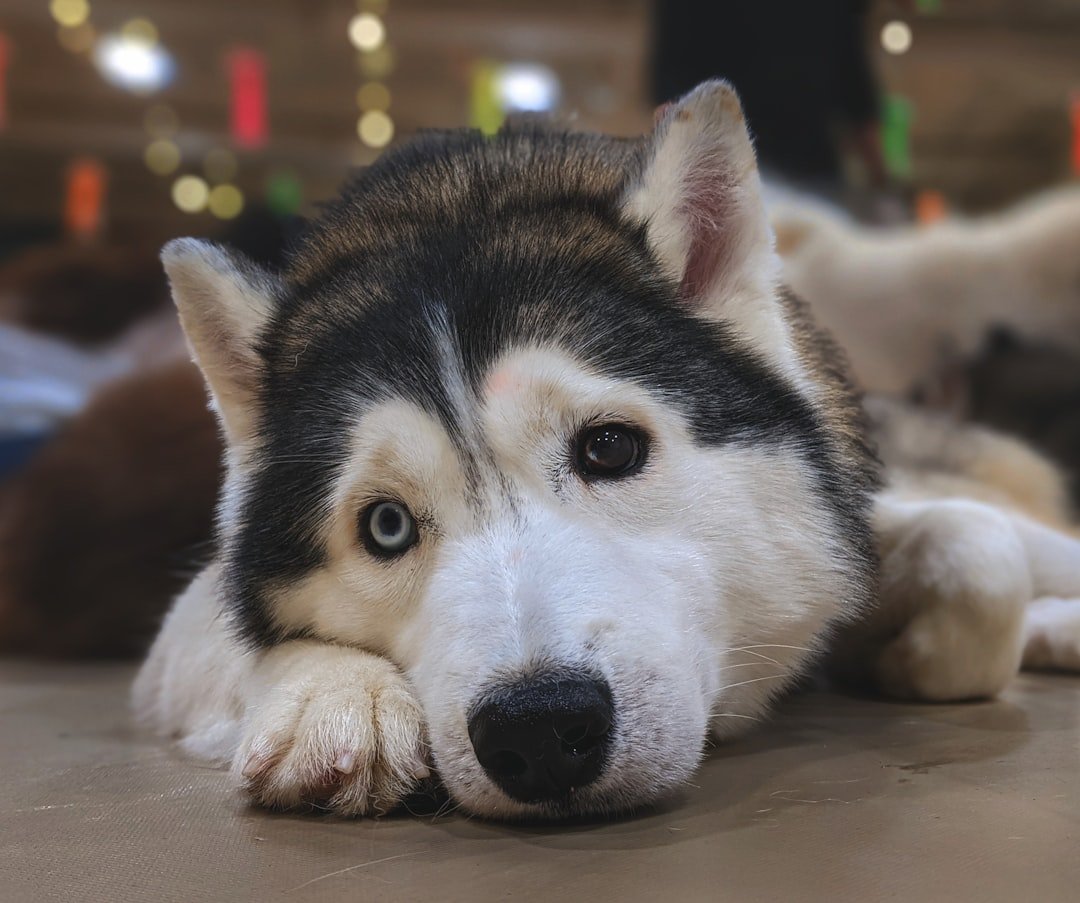
Veterinarians and pet owners across the globe have witnessed this phenomenon countless times. Many pet owners report that their dogs make prolonged eye contact as if trying to communicate something profound, almost as if they’re taking one last good look at their beloved owners. This isn’t just wishful thinking from grieving hearts – there’s something genuinely different about this final connection.
Some dogs may show a final look that lets them communicate with their owners, which could be a loving, tired, sad, or confused look, with this final gaze communicating their feelings to their owners. It’s a mutual understanding that transcends words, a silent conversation between species that have shared years of unconditional love.
What Science Tells Us About Dogs and Eye Contact
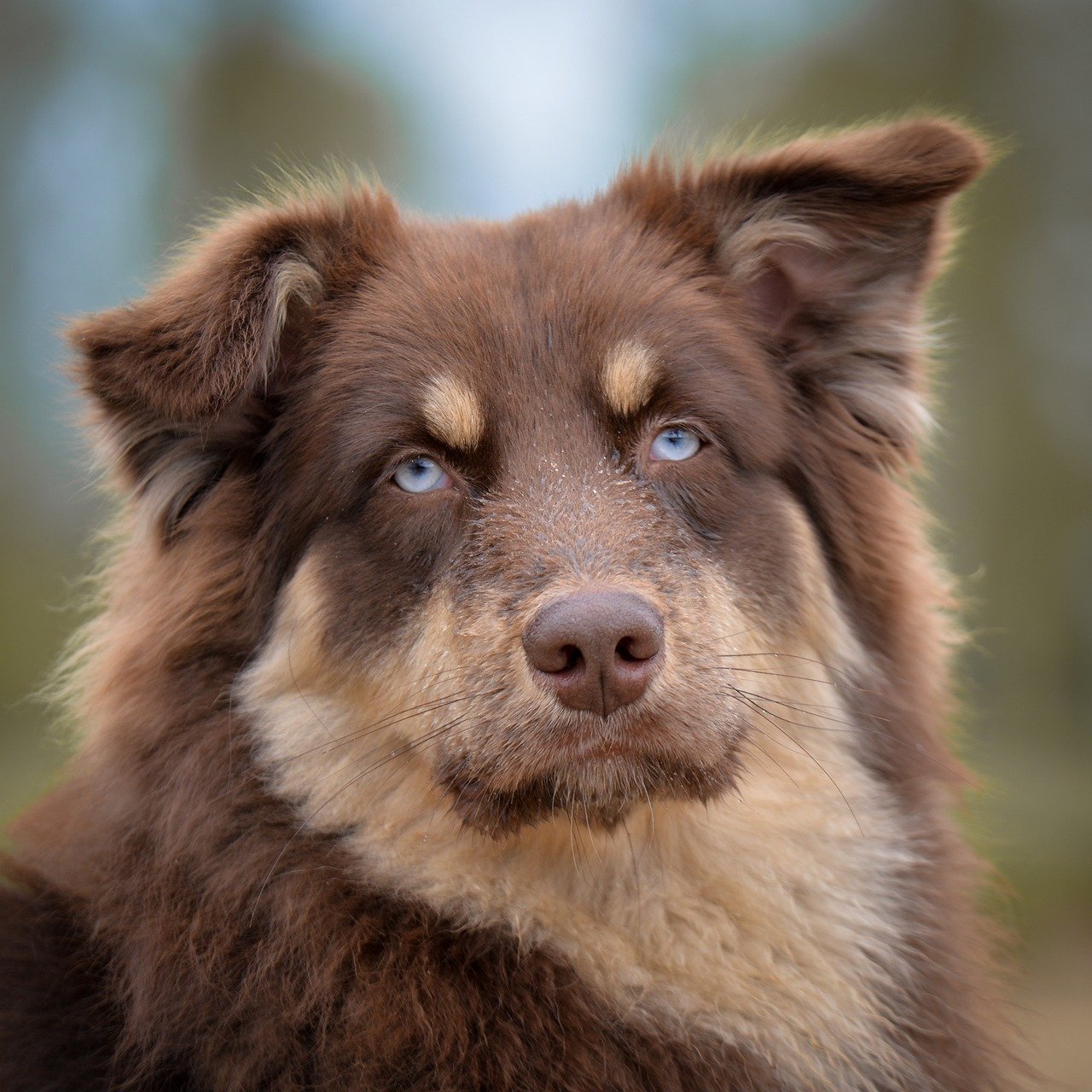
Dogs have evolved alongside humans for thousands of years, developing unique communication skills that set them apart from their wild ancestors. Forming eye contact with the owner raises oxytocin levels in both parties, which plays a role in developing social bonding. This hormone, often called the “love hormone,” creates the same feeling of connection that mothers experience with their newborns.
Dogs adapted uniquely well to live with humans, and communication plays a vital role, as they are sensitive to the direction of the human’s gaze, which helps them decide whether a message is directed to them. This extraordinary ability to read human emotions and intentions makes their final gaze even more significant – they understand the gravity of the moment and want to make sure we do too.
The Science Behind a Dog’s Awareness of Death
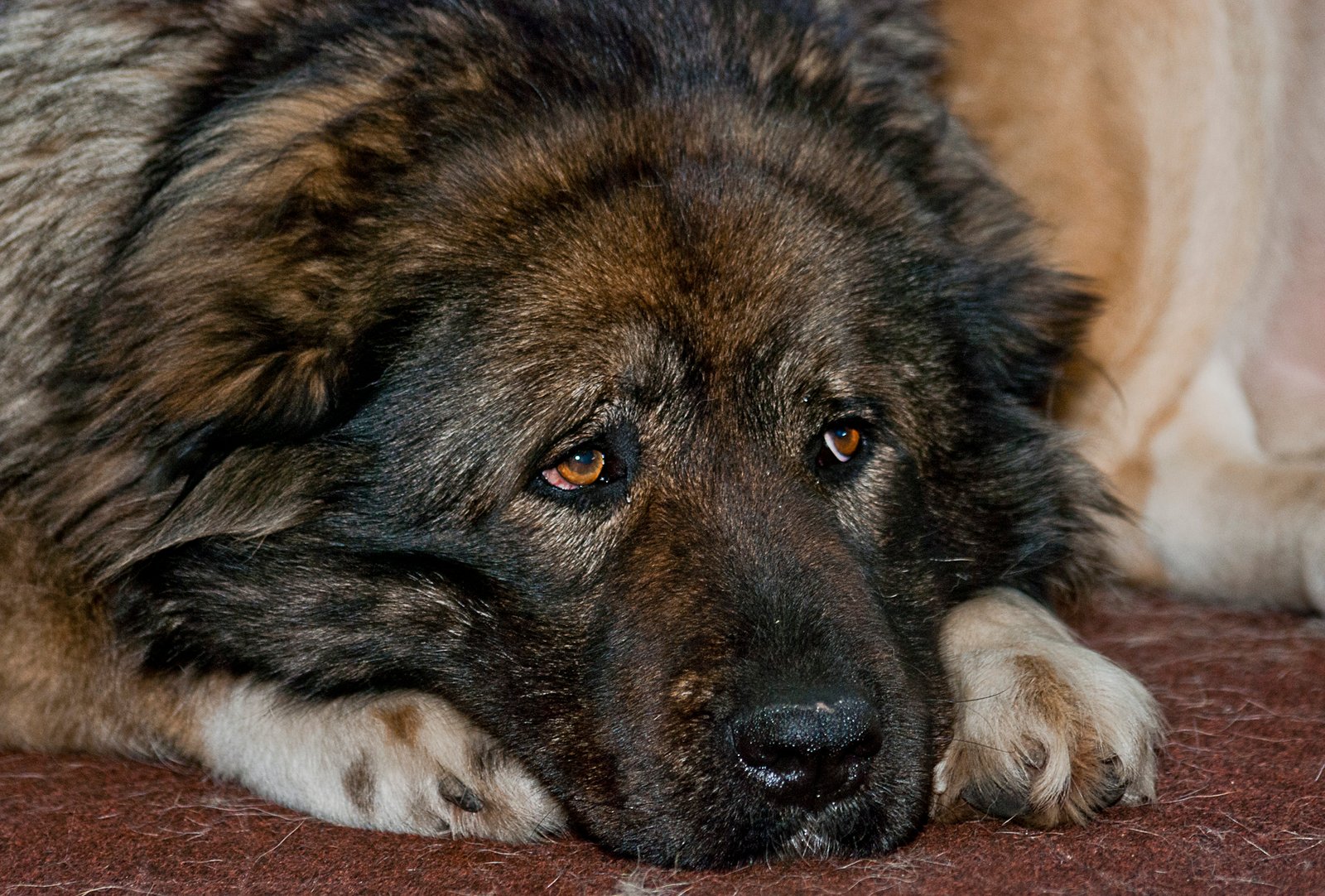
The question that haunts many pet owners is whether their dog truly knows what’s happening in those final moments. Dogs are at least aware that death is near by sensing the changes that are happening in their bodies. While they may not understand death with the same complexity as humans, they’re incredibly perceptive about changes in their physical state and emotional environment.
When it comes to the possibility of their own death, they are at least aware that they are not feeling well or are sick, and they can also sense our levels of stress and know that something is wrong. This awareness creates a perfect storm of emotional intensity that manifests in their need to connect with us through eye contact one final time.
The Emotional Intelligence Behind the Gaze
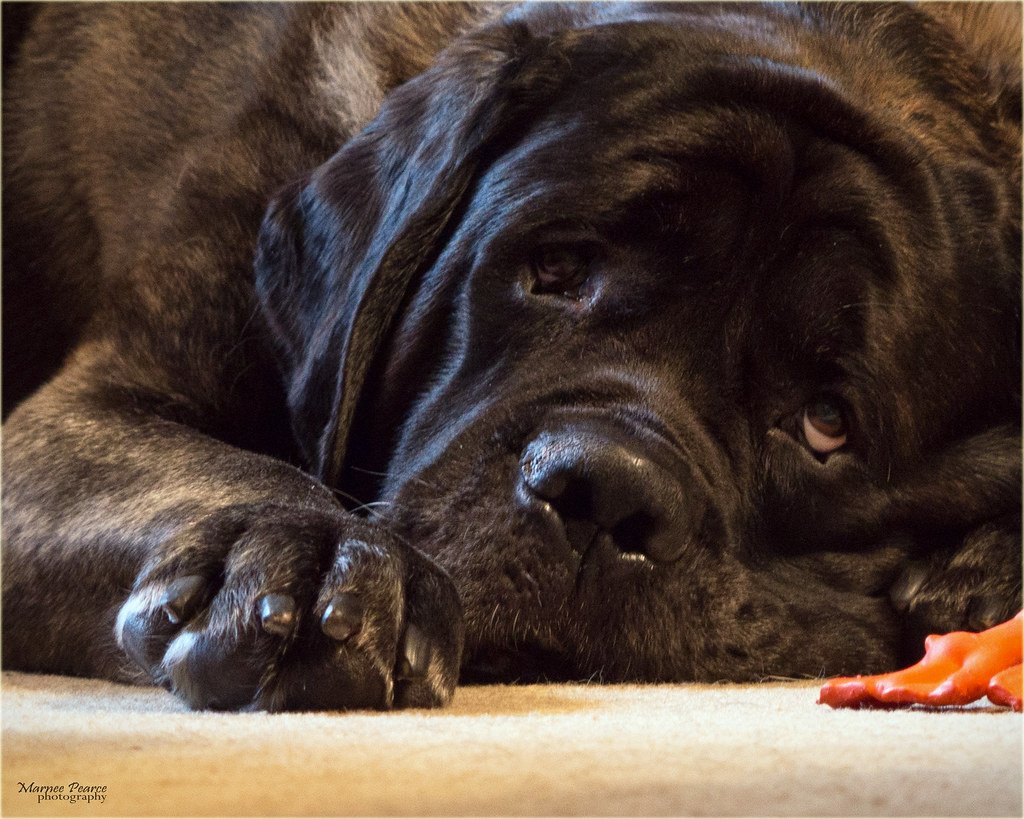
Dogs possess remarkable emotional intelligence that often surprises even the most devoted pet owners. Dogs are emotionally intelligent, prompting them to pick up on human distress, and since you’re the person closest to them and aware of the situation, your dog might mirror those emotions of sadness back to you. They’re not just experiencing their own physical discomfort – they’re also deeply attuned to our emotional state.
Many dogs absolutely know that they are dying and want to make the most of their last moments, wanting to make absolutely sure that you know that you are loved before they are forced to leave you. This theory resonates with countless pet owners who have witnessed their dogs become unusually affectionate or clingy in their final days, seeking out every possible moment of connection.
The Biological Changes Behind Final Behaviors
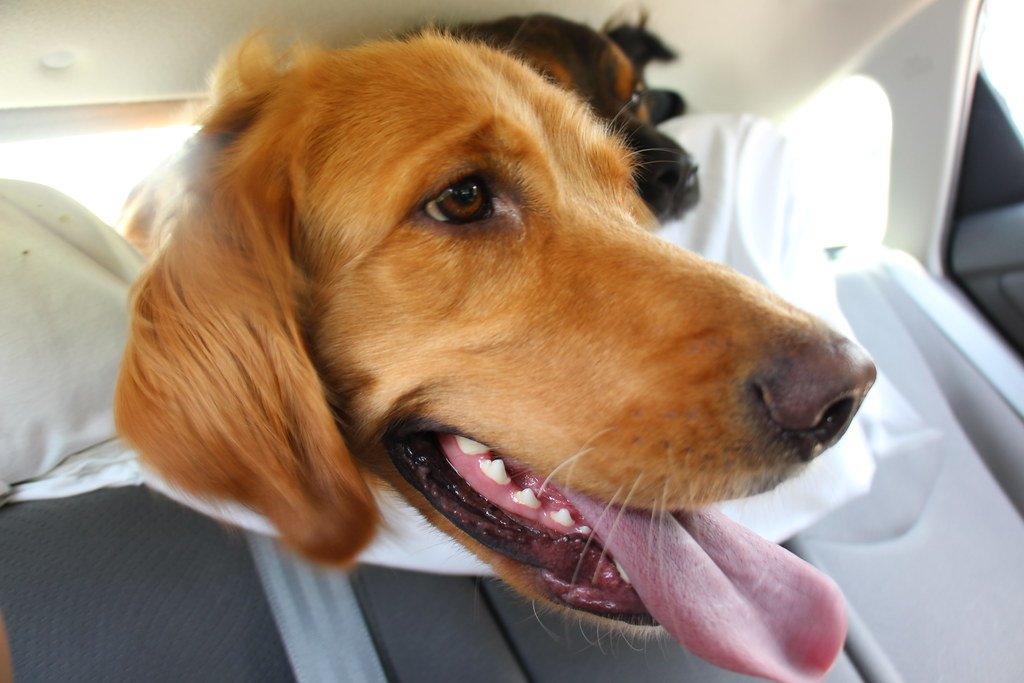
Understanding what’s happening in a dog’s body during their final hours helps explain why that last gaze feels so significant. Dogs have a strong sense of smell that allows them to pick up on changes that can happen to a body, and research has shown that dogs can literally smell things like stress in humans. They’re experiencing these changes in their own bodies while simultaneously detecting the emotional upheaval in ours.
Hearing is the last sense to go in humans, with touch being second-to-last, and this may be similar for pets, while smell is the strongest sense in dogs and cats, and possibly the last sense to go for them. This means that even as other functions shut down, dogs may still be fully aware of our presence, our scent, and our emotional state, making that final eye contact all the more meaningful.
The Different Ways Dogs Say Goodbye
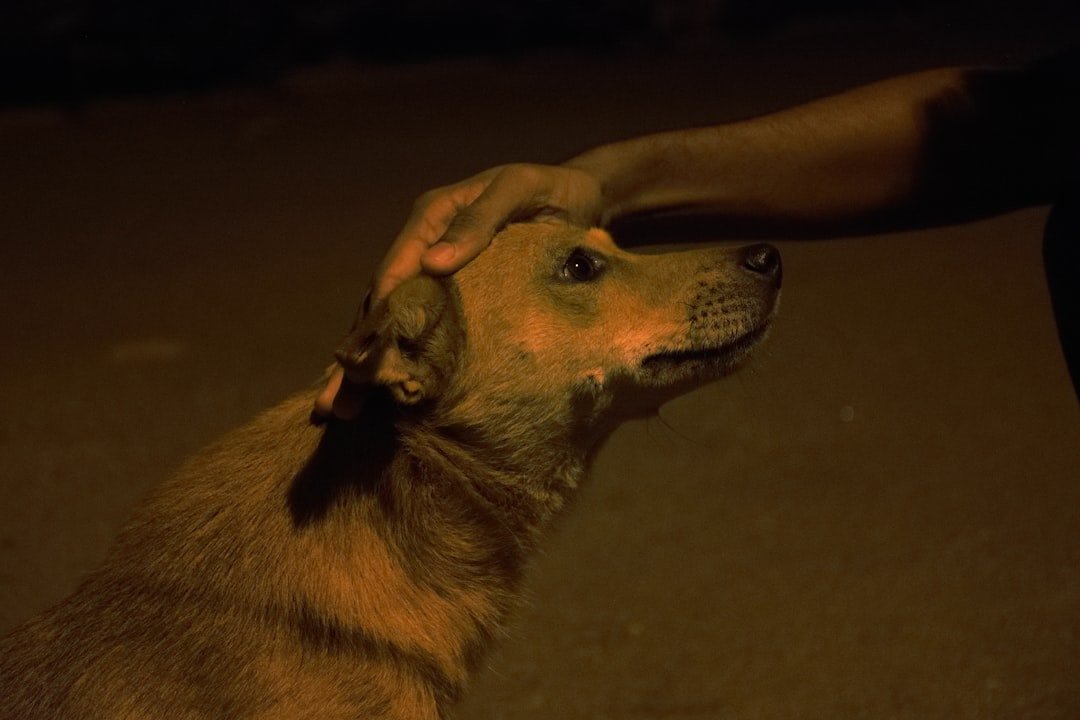
Not every dog expresses their final farewell in the same way, but the patterns are remarkably consistent across different breeds and personalities. Some dogs will know their time is approaching and will look to their people for comfort, with saying goodbye involving staying with your dog during these final hours and reassuring them with gentle stroking and a soft voice. Some dogs become incredibly clingy, while others may seek solitude, but both behaviors represent their attempt to process what’s happening.
Some dogs become unusually clingy, seeking constant companionship and reassurance from their owners, and this behavior can be interpreted as a way of seeking comfort and expressing their bond. Whether they’re pressing against us or looking deep into our eyes, they’re trying to communicate their love and perhaps their fear about the unknown journey ahead.
The Comfort of Understanding Their Final Message
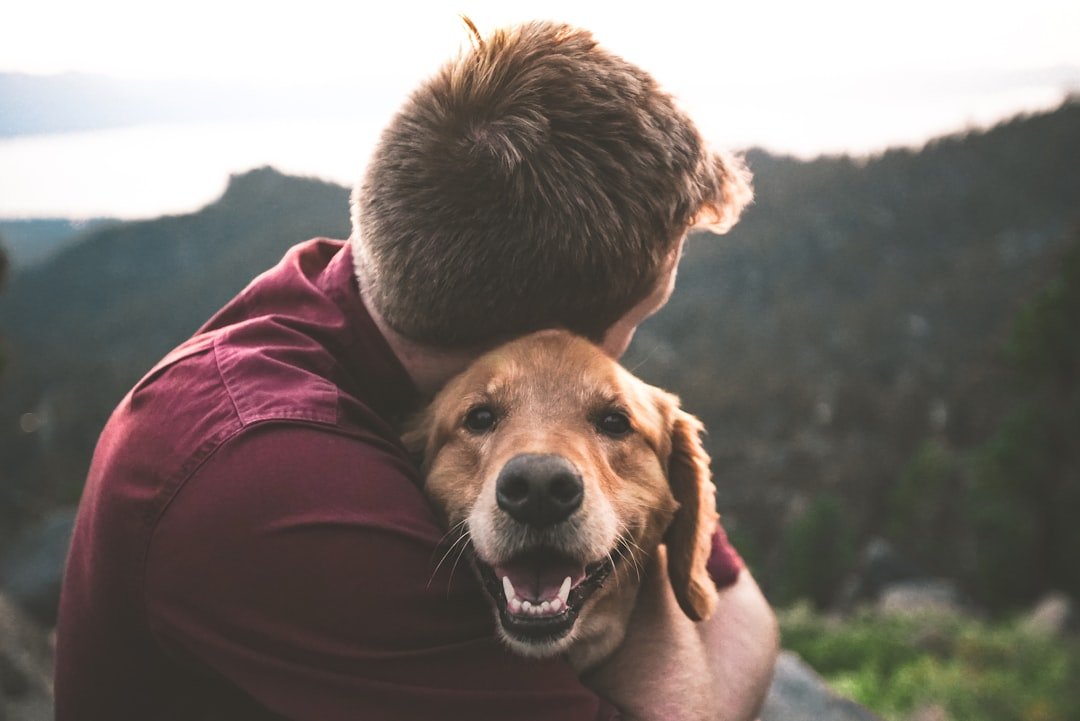
For those who have experienced that final gaze, there’s often a sense that their dog was trying to convey something important. Dogs and cats are likely not scared or sad as they pass, and may even feel bliss or awe. This scientific observation offers tremendous comfort to grieving pet owners – that final look might not be one of fear or sadness, but rather one of peace and gratitude.
Dogs say farewell, not because they fully know the implications of death, but because they can sense your sadness and want to comfort you. In their final moments, many dogs are still trying to take care of us, just as they’ve done throughout their lives. Their gaze becomes a gift – a final act of love that says, “It’s okay, I’m okay, and you’re going to be okay too.”
The Legacy of That Final Look
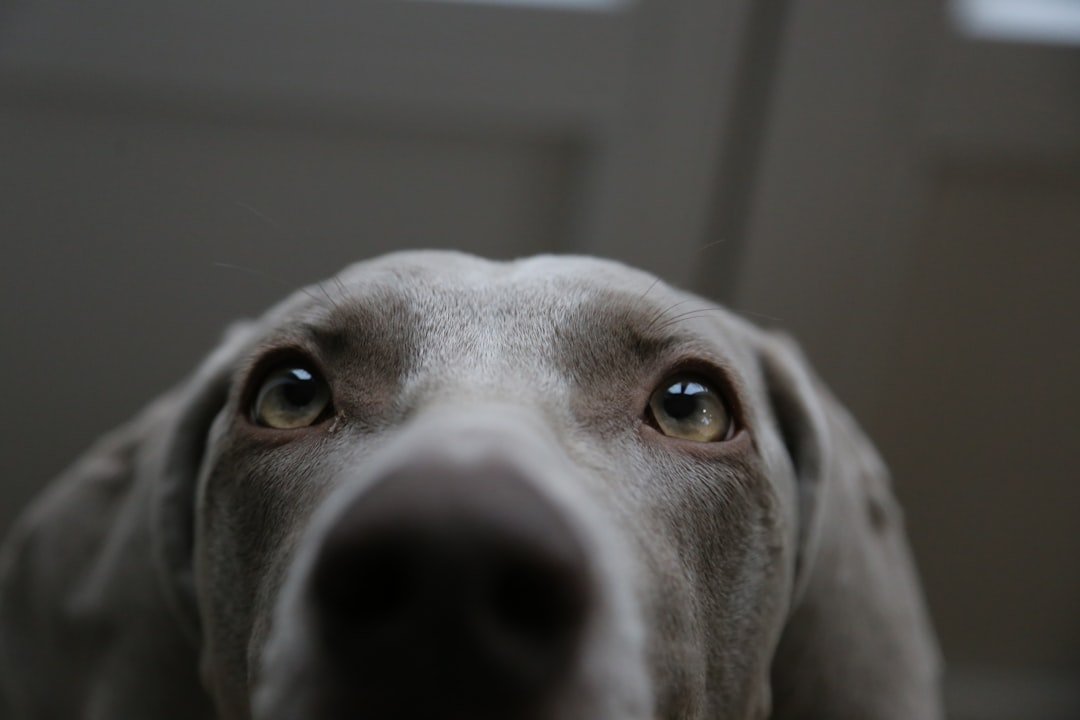
The memory of that last meaningful gaze becomes part of our healing journey. The truth which underlies the Rainbow Bridge itself, and why words written for Major over six decades ago have touched so many people, is that “If you love a dog, if you truly love it, it will always live on.” That final look becomes etched in our hearts, a tangible reminder of the profound bond we shared.
Understanding that this behavior is both instinctual and intentional can help us appreciate the gift our dogs give us in their final moments. They’re not just looking at us – they’re memorizing us, comforting us, and saying goodbye in the only way they know how. The mutual gaze can be something that only the two of you understand.
Conclusion

The phenomenon of dogs looking into their owners’ eyes one last time before crossing the Rainbow Bridge represents the culmination of thousands of years of evolution, emotional intelligence, and unconditional love. It’s their final gift to us – a moment of connection that transcends the physical world and touches something deeper in our souls. While science can explain the biological and behavioral reasons behind this final gaze, the emotional truth remains beautifully simple: our dogs love us so much that even in their final moments, they want to make sure we know it.
When you witness that final look, know that you’re experiencing something truly sacred. Your dog isn’t just saying goodbye – they’re saying thank you for a lifetime of love, and they’re trying to comfort you as you face the hardest part of loving a dog: learning to live without them. In that moment, the Rainbow Bridge becomes more than just a metaphor – it becomes a promise that love like this doesn’t end, it just transforms.
What greater love could there be than a dog who, with their last breath, chooses to look into your eyes one more time?

Andrew Alpin from India is the Brand Manager of Doggo digest. Andrew is an experienced content specialist and social media manager with a passion for writing. His forte includes health and wellness, Travel, Animals, and Nature. A nature nomad, Andrew is obsessed with mountains and loves high-altitude trekking. He has been on several Himalayan treks in India including the Everest Base Camp in Nepal.






